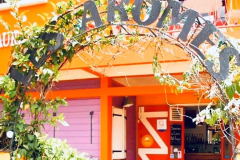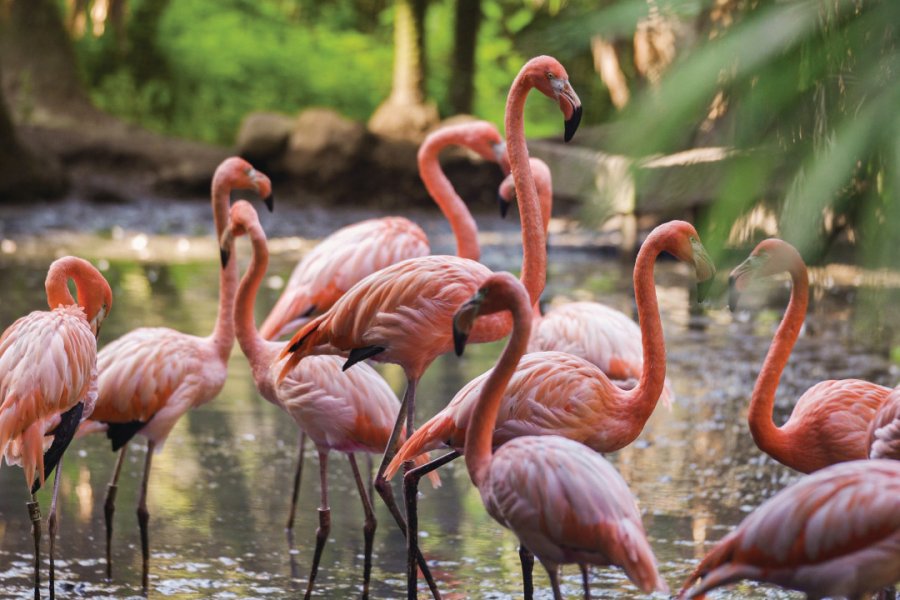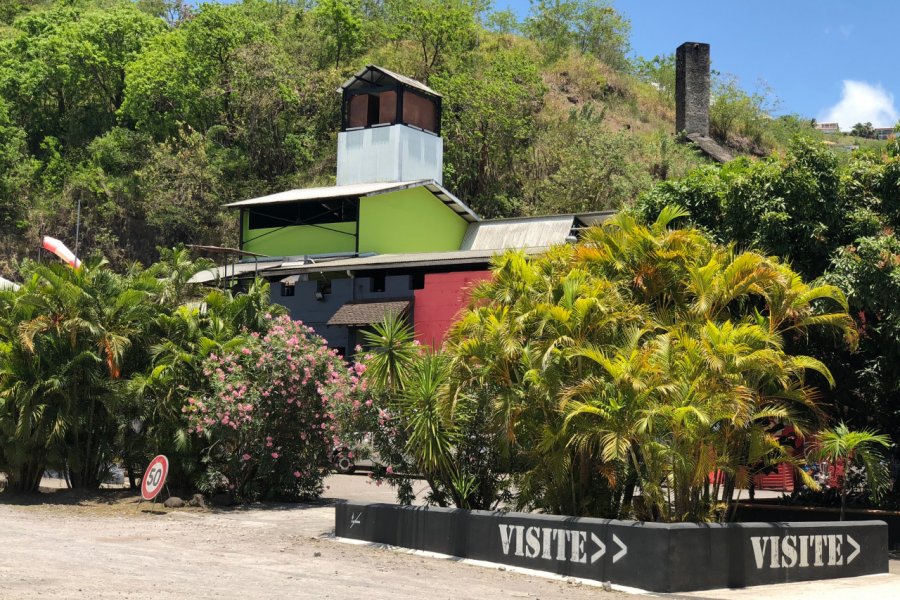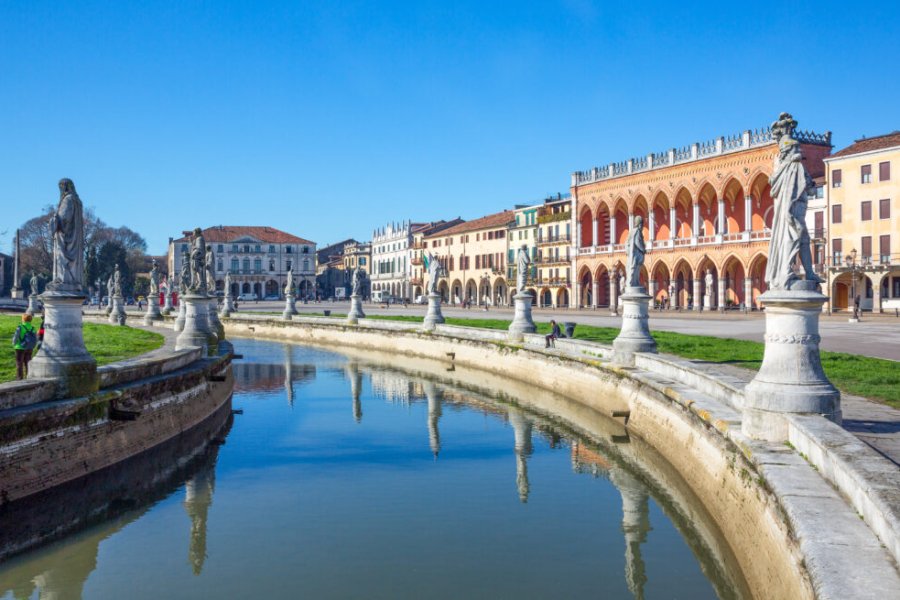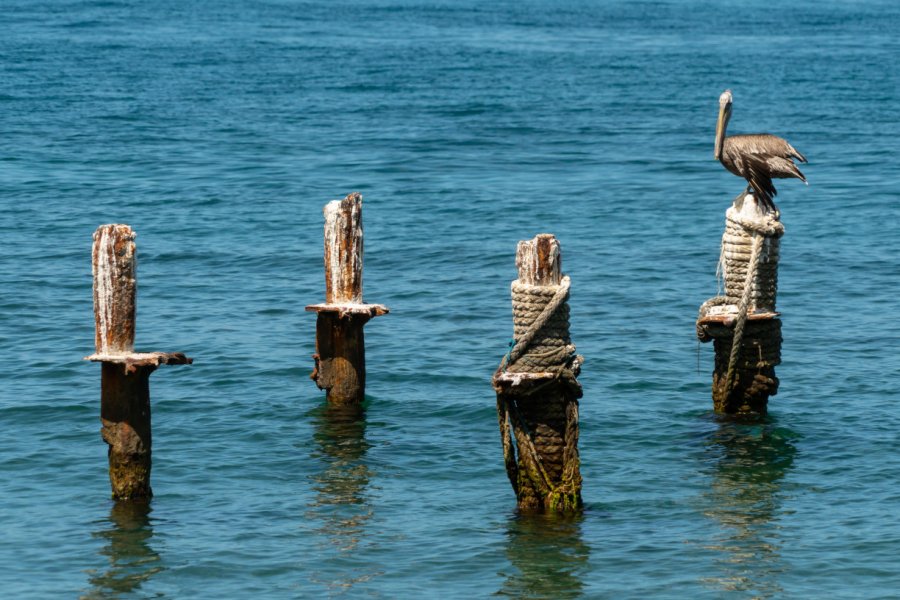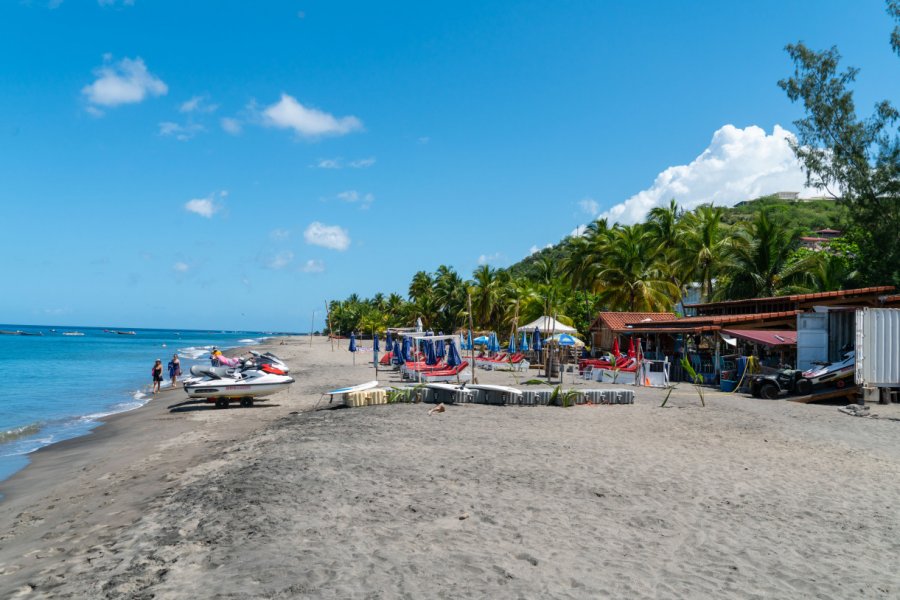Travel Guide The Carbet
Find an accommodation
Advertising
The beaches of Le Carbet are best known for the landing of Christopher Columbus in 1502. A memorial representing the masts of the Spanish navigator's ship was erected in 2017 on the outskirts of Le Carbet.Le Carbet's proximity to the economic capital, Saint-Pierre, worked in its favor, as evidenced by its fruitful economy until the sugar crisis and the eruption of Mount Pelée in 1902 put an abrupt end to this prosperity. Since then, the commune has enjoyed a peaceful existence, although it does come alive a little in the evenings. It boasts a particularly beautiful and pleasant cove that attracts many bathers. A pleasant atmosphere with numerous fishermen all along this large beach, very typical of the North Caribbean, and its many traditional Creole huts, renovated or not. You can also discover the Aimé-Césaire space, with its shops and its garden shaded by large mango trees, among others. The brand-new fish market, open daily depending on the catch, is on Route 2 opposite the pharmacy. Carbet's geological treasures are to be found in the Rivière Blanche area. The tumbled rocks of the Pitons du Carbet are made up of quartzite, biotite (black in color) and hypersthene (rust-colored rectangular rods), which are particularly spectacular.
What to visit The Carbet?
Advertising
Suggested addresses The Carbet
Weather at the moment
Advertising
Organize your trip with our partners The Carbet
Transportation
Book your plane tickets
Car Rental
Boat rental
Accommodation & stays
Find a hotel
Holiday rental
Find your campsite
Tailor-made trip
Immersion travel
Services / On site
Activities & visits
Find a doctor
Find unique Stay Offers with our Partners
Pictures and images The Carbet
Other destinations nearby The Carbet
5 km away
25 km away
